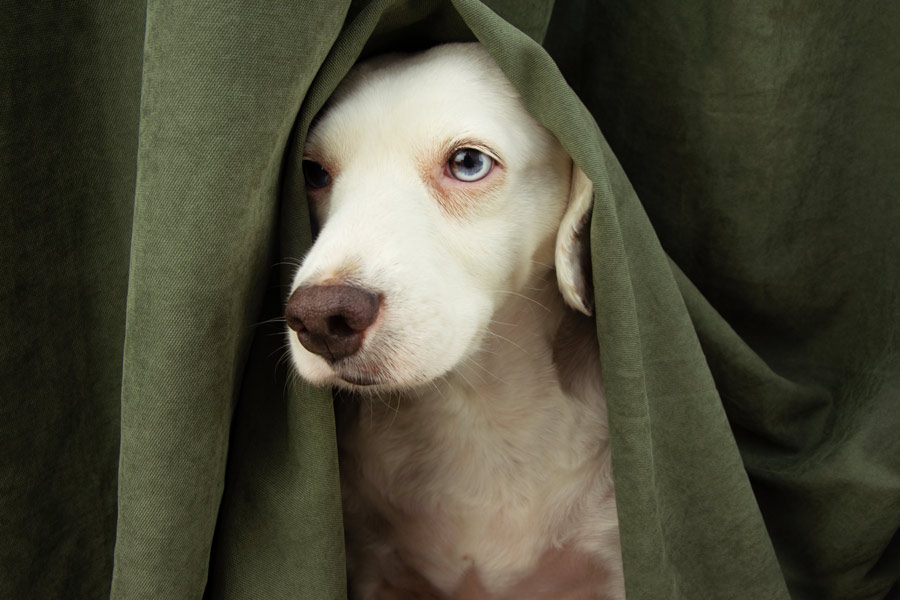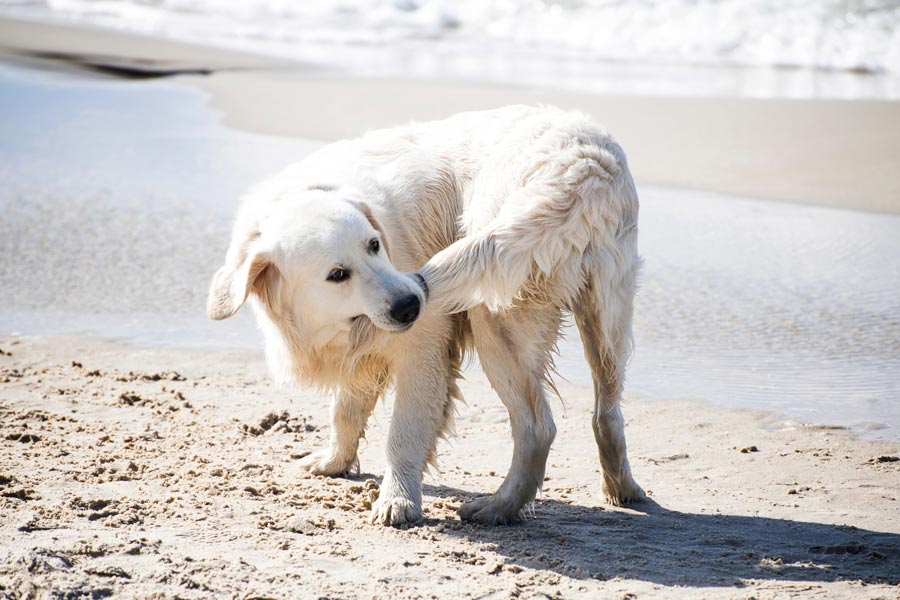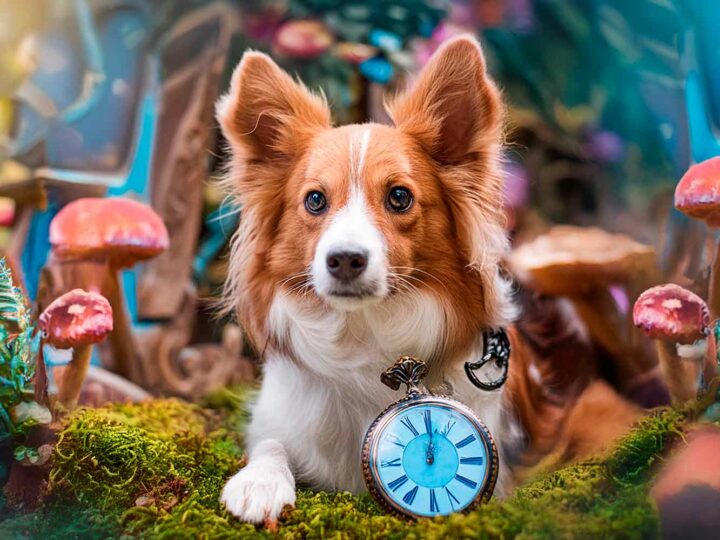
Dogs are more similar to us than we think. Did you know that, just like us, they too can suffer from stress?
Although they cannot say it to us verbally, it’s up to us to try to notice the signals they send us in order to help them.
In this article we want to help you to understand the behaviours to be kept under control.
However, let’s not forget that if we notice something different, it is recommended to contact a vet for a professional and safe evaluation.
Stress in dogs: what it is and which are the causes
Just like for the human being, through “stress” we mean an organism adaptation reaction to a physical or psychic change. It is actually an increase in the organism activity to adapt to a request, that is to say a state through which our body reacts to a threat and focuses his forces to overcome the danger.
Some of the triggers could be:
- Bad socialization caused by a wrong education in external environment interactions.
- A bad experience such as a conflict with another dog, abandonment, violence suffered.
- A change in routine: for example, when you take your dog on vacation, the journey and new spaces are something unusual and sudden and maybe he was not prepared to it.
- An excessive attention: it happens that the dog can perceive around him an excessive presence of people and attention; sometimes, too much company at home may not be beneficial for your four-legged roommate.
- A loud noise (such as New Year’s Eve fireworks or thunderstorms) can make our dogs stressed, as they affect their sensitivity.

Have you ever noticed your dog hiding when you have guests at home?
Dog stress symptoms
But how can we figure out if our dog is actually in this situation?
As suggested by studies about canine visual communication, dog language is recognizable by body, muzzle, tail (and not only) movements. There are indeed behaviours which, by observing them carefully, can indicate a situation of stress in our four-legged friend.
Among these we find:
- General nervousness: when a dog is stressed he’s also often very nervous and he could behave out of the ordinary, for example disobeying commands or showing his teeth while emitting a long and low sound.
- Hyperactivity and restlessness: sometimes this state can lead to unusual and repetitive movements of our dog, like starting to turn on himself, biting his tail, walking back and forth in a mechanical way (a bit like a worried person would do!) … almost as if he was unable to chill out.

If your dog makes strange movements stress could be the cause!
- Excessive self-hygiene: occurs when the dog continuously licks himself (generally paws, tail or privates), almost to the point of injuring himself; it is a way he uses to bear stress, actually, pain stimulates the body to produce endorphins that soothe and lift up the mood.
- Causing damages to things: often, it may happen that we come home and we find something broken or crunched and we instinctively think that the dog wanted to spite; instead, when we leave our dog alone and he nibbles furniture, objects, or he scratches doors, he’s just activating this behavior to manage his own stress. Let’s not forget that chewing for the dog is a gesture that leads to relaxation.
- Intestinal disorders: episodes of vomiting or diarrhea, if they don’t come from the ingestion of indigestible food, they can derive from tension and stress.
- Unusual skin manifestations: very often this type of effects occur when the dog is stressed, in fact, a high level of cortisol in blood wears out the immune system, making the body weaker when it comes to diseases and skin rashes such as dermatitis in various parts of the body.
- Dandruff, hair loss or brittle coat: these effects may also depend on a poor diet, however when these symptoms suddenly appear it’s probably a stress rash.
- To stare at something intensely: when the dog keeps his gaze fixed on generally insignificant things, it could be a sign of a high stress level.
- Excessive fear towards other dogs, which leads him to react in an unusual and sometimes aggressive way.
- Tail movement: it is important to observe the way our four-legged friend wags his tail. If the movement is fast it means that he is happy and he probably wants to play with us, on the contrary if the movement is slow and at a medium height it could indicate that the dog feels uncomfortable or stressed for some reason.
Dog stress remedies
If you want to find the most suitable solution, you’ll have to understand the factors of your friend’s malaise. The best remedy is trying to avoid subjecting him to the causes that had stressed him.
Among the easiest remedies, here are some tips:
- For routine changes, an excellent choice could be to offer your dog a travel companion: a puppet, his favorite blanket or any other toy he likes.
- For excessive attention at home or loud noises from outside, a solution may be relaxing pheromones. Just by feeling them in the air, your dog will understand that the area is calm and safe, they allow him to calm down the stress had worried him.
- To prevent dandruff, hair loss, poor coat and skin manifestations, our advice is always taking care of our four-legged friend through Yuup!, products, useful for restructuring and strengthening the coat, moisturizing and getting the skin smoother.

Take care of your puppy.
- An alternative idea could be to get him playing mental activation games of which we have already talked about in this article.
In any case, always remember that you are his best friends!
The only ones who know how to treat him and what they need. Sometimes some cuddles and some love could be enough.







